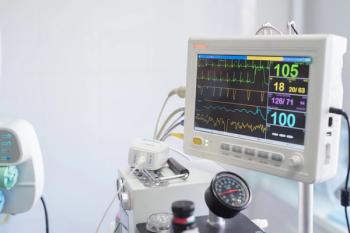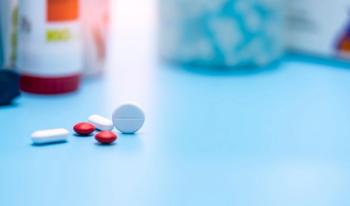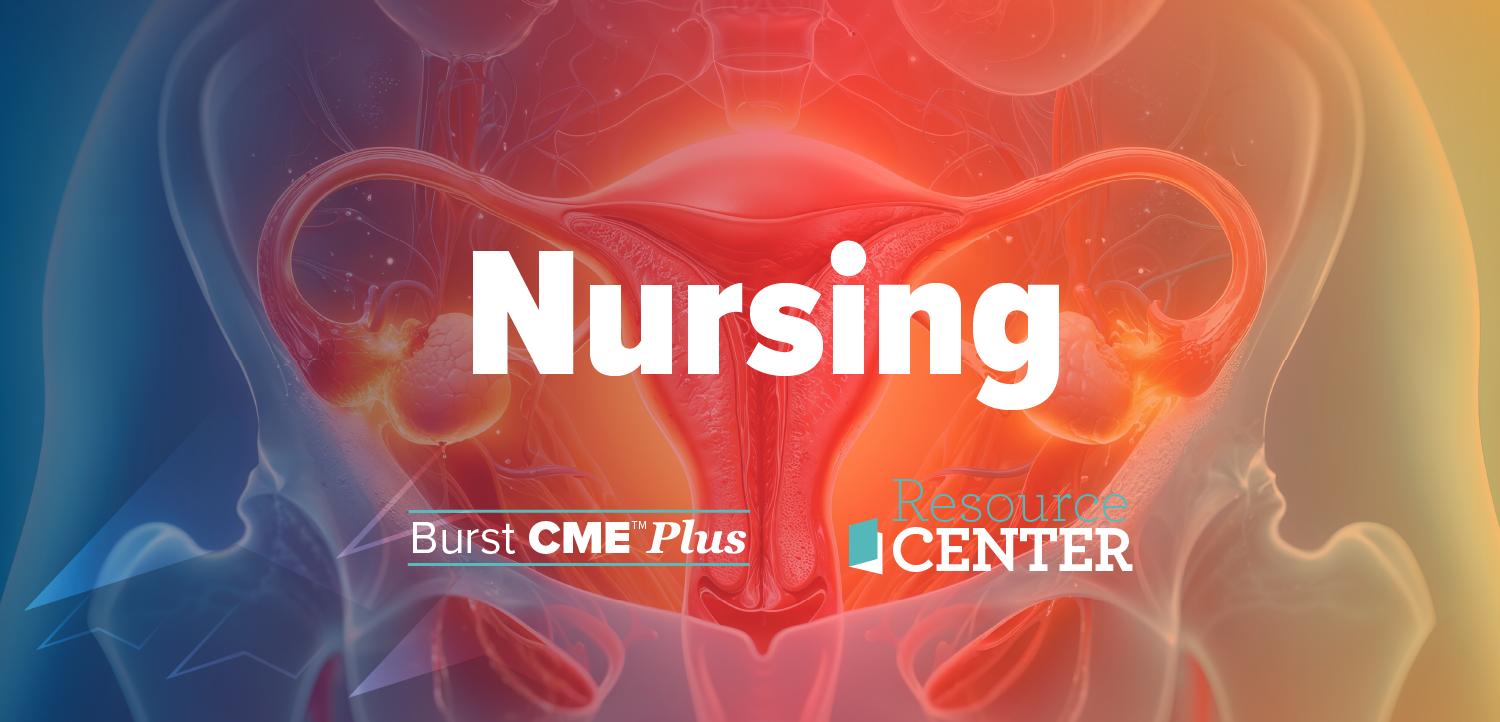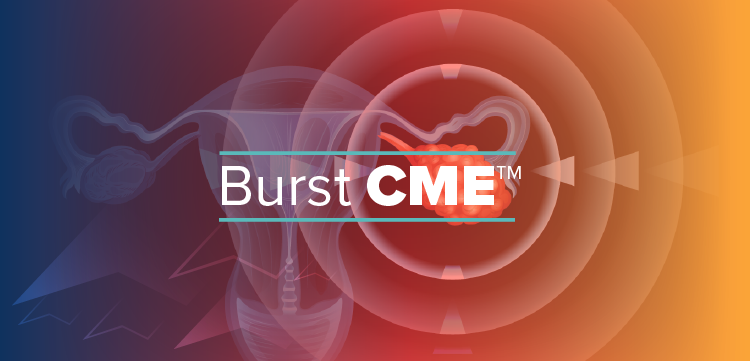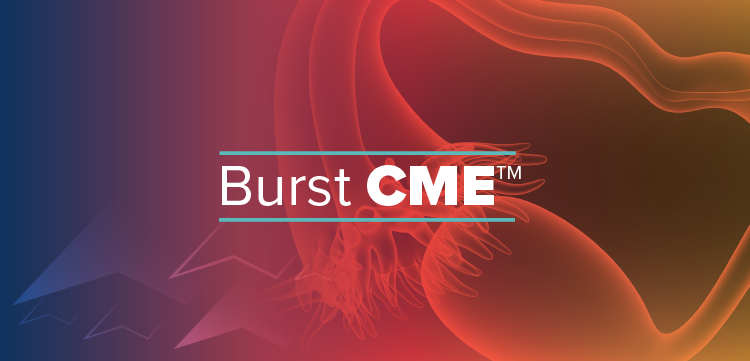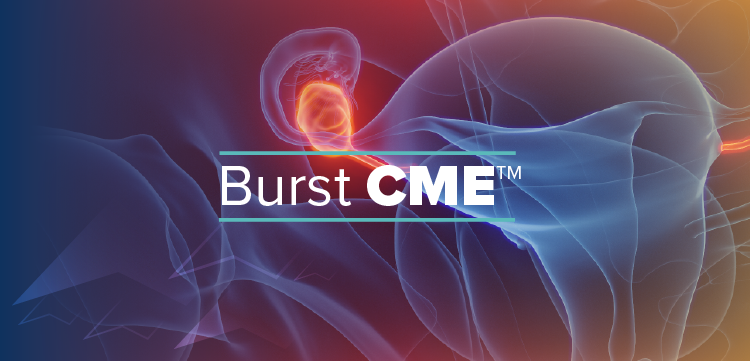
Very-low-dose estradiol increases BMD
An estradiol dose of 14 ?g reduces bone turnover and preserves bone mineral density (BMD) in postmenopausal women, say results of a randomized trial presented at the 15th Annual Meeting of the North American Menopause Society. The once-a-week regimen also does not stimulate the endometrium or increase vaginal bleeding.
An estradiol dose of 14 µg reduces bone turnover and preserves bone mineral density (BMD) in postmenopausal women, say results of a randomized trial presented at the 15th Annual Meeting of the North American Menopause Society. The once-a-week regimen also does not stimulate the endometrium or increase vaginal bleeding.
Nine clinical centers participated in the double-blind, placebo-controlled study, which randomized more than 400 women to 14 µg of estradiol or placebo, plus calcium (400 mg) and vitamin D (400 IU), daily. The participants were 60 to 80 years old, at least 5 years postmenopausal, and all had intact uteruses and normal BMD.
Over the study period, total hip BMD increased 0.4% in the treatment group and declined 0.8% in the placebo group (P<0.001). Comparison of endometrial biopsies done at baseline and 2 years showed that fewer than 2% of those taking estradiol had any proliferation. The difference in the 2-year hyperplasia rate for treatment versus placebo was 0.5% (95% CI: 0-7.3). The most common side effect was vaginal secretions, reported by 22 of the women on estradiol compared with three of those on placebo (P<0.05).
Newsletter
Get the latest clinical updates, case studies, and expert commentary in obstetric and gynecologic care. Sign up now to stay informed.



